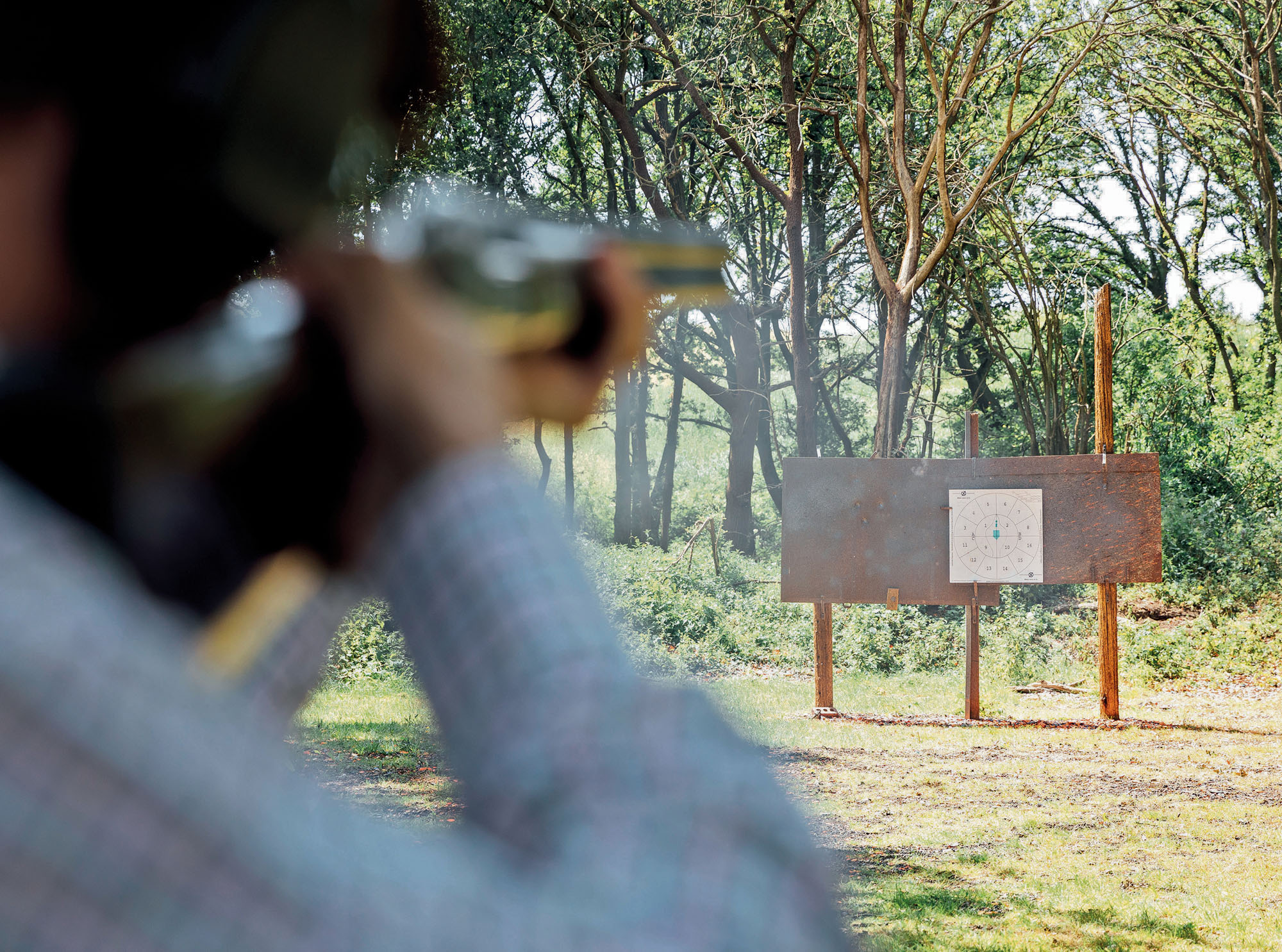The parable of a dog breeder
A cautionary tale from Black Lab on the perils of dog breeding. Sometimes, despite following the rulebook to the letter, it just doesn't pan out

During the first Covid-19 lockdown came rumours about the inflated prices that puppies were suddenly achieving. The story was that furloughed staff and bored home-workers were purchasing puppies as welcome additions to their families. This I could understand as dog ownership has many positives. A dog offers the most wonderful companionship, while having the added benefit of encouraging the owner to get out in the great outdoors and enjoy physical exercise. Having a dog in the family also teaches youngsters about responsibility to others. So, when many people found themselves unable to go on holiday (whether in the UK or abroad) I wasn’t surprised to learn that folk were turning to pets as an alternative way of utilising both their disposable income and leisure time. Of course, the knock-on effect with this sudden increase in demand was the extraordinary prices that some people were prepared to pay for a puppy.
The general media was quick to latch onto the fact that puppy prices had suddenly spiked disproportionately. Stories of unscrupulous puppy farmers earning tens of thousands of pounds from a single litter of mongrel pups hit the headlines – and rightly so if they were breeding from poorly-bred, mistreated stock in bad conditions. Even the legitimate breeders of Kennel Club (KC) registered litters came in for some stick in the sporting community with accusations of rampant profiteering becoming commonplace.
A friend, a keen working test competitor, had been considering buying a Labrador puppy to train-on. Expecting to pay around £1,000 (the amount he paid for a well-bred pup from a reputable Field Trial trainer in 2018), he found himself being asked to stump up £2,000 to £3,000 for a similar pup during the long summer of 2020. As he wasn’t desperate (he has three fine picking-up dogs already) he wasn’t tempted and decided instead to buy a Labrador-type mongrel once the hype was over. When I asked him about the wisdom behind such a choice he recalled that he never owned a KC-registered dog until he was 40 and that all his old mongrels were quite adequate in the field! Thinking back, they certainly picked their share of strong runners. However, since puppy prices have moved back to pre-Covid levels, my friend is now looking into purchasing another pedigree puppy.
Over a 25-year period, I bred seven litters of KC-registered Labradors. All were from Field Trial/ working lines and I always followed the relevant KC breeding advice of the era. In 1997, all that mattered was that each parent Lab’s combined hip scores were below 16 (I believe, but memory dims after a quarter of a century) and had a Clear-Eye Certificate. Since then, there have been a lot of changes in health criteria, all aimed at producing healthier Labradors. I have no issue with this and bred successive generations to conform with the KC’s recommendations.
Over the years, the criteria has drastically increased to include elbow as well as hip scores, and the five genetic tests included in the KC’s CombiBreed tests for Labradors. All these tests come at no little expense and over the years it has required a fair bit of financial investment (and luck) to own a brood bitch proven to meet the current KC guidelines. Then, taking into account the stud fee to use a selected sire with single-digit hip scores and the rest of the myriad health requirements (plus veterinary fees, specialist puppy food and other sundries), the outlay for breeding really begins to stack up.





